The Debate Around Fishing Regulations
Regulations. In Montana, we’re all familiar with those floppy, pulp-paper manuals—the ones with the bright yellow logo of Fish, Wildlife & Parks and “FISHING” or “DEER | ELK | ANTELOPE” stamped across the cover in bold letters. While the fishing regs might come dressed in different covers depending on the state you call home, their general purpose remains the same: to lay down rules that will help maintain healthy fish and wildlife populations for posterity.
The very first printed regulations on hunting and fishing didn’t appear in the U.S. until the early 1900s, beginning with New York State’s historic introduction of a hunting license and season windows—a phenomena that was repeated across other states in time.
Nowadays, fishing and hunting regulations are revised on an annual basis in an effort to ensure sustainable management. This is no small feat. It requires the cooperation of scientists from across agencies and disciplines as they review the available data regarding the efficacy of current laws, practices, and regulations.
It also remains a subject of debate among outdoor recreators, conservationists, farmers, ranchers, and other constituencies whose happiness, health, and livelihoods can sometimes hinge on key management decisions. One of the big questions at the heart of debate is who gets to (and who should) make those decisions. Local and state governments? Federal agencies? Congress? Private interest groups? Corporations? The reality is that all these entities have skin in the game, and many of them have competing priorities.
A Brief History of Fishing (and Other) Regulations
The story of fishing regulations is rather dramatic—involving the clash and shift of cultural ideologies, economic and recreational opportunities, and the indisputable decline of certain fish and wildlife populations toward the end of the 19th century.
Initially, many conservation efforts were driven by economic needs. There is evidence, for instance, that concerns were voiced as early as the 1760’s in colonial courts over the declining alewife population and the need for setting catch limits during spawning periods.
Following Independence, managing fish and wildlife populations and their related industries (including fishing, hunting, and trapping) remained the responsibility of individual state governments. Though some regulations were put into practice, enforcing them was difficult without any interstate cooperation.
It wasn’t until 1871 that the issue of dwindling populations of commercial fish species was addressed at a federal level. An act of Congress brought the U.S. Commission of Fish and Fisheries into being (one of two early predecessors for the U.S. Fish and Wildlife Service) with the express goal of studying striped bass, bluefish, and other sport and commercial species in an effort to determine how best to reverse their decline.
Establishing the Commission was the first step in a long string of fishery conservation acts that are still having ripples today, including the creation of the National Fish Hatchery System that restocks millions of fish and aquatic wildlife each year across the U.S.
In 1886, the other half of what would become the U.S. Fish and Wildlife Service was born under the Economic Ornithology section of the Department of Agriculture. Named the Division of Entomology, it’s primary concern at the outset was studying birds and their potential for controlling agricultural pests. This division would later evolve into the Bureau of Biological Survey and take on studies pertaining to all manner of wildlife species.
Despite the formation of various research divisions, however, it was only in 1900 that the federal government passed its first law protecting wildlife. The Lacey Act served two primary functions: the prohibition of interstate shipment of illegally taken game and the cessation of imports of so called “injurious species” into the United States. Though the law had no say on bag limits, seasons, and other restrictions put on game harvesting by state governments, it helped ensure animals brought across state lines were harvested in accordance with local regulations.
The Commission, the Bureau, and the Lacey Act serve as early examples of conservation as a tool to boost economic opportunities for our fast-growing country.
It wasn’t until the late 1800s that societal thought began shifting more toward protecting wildlife as a means of preserving the natural beauty and recreation opportunities afforded by the great outdoors. In 1889, William Hornaday published his book The Extermination of the American Bison, a work that drew public attention to dwindling bison populations. Influential organizations, such as the National Audubon Society and the Boone and Crockett Club, lobbied Congress for increased wildlife protections. Roughly thirty years later, another influential voice in conservation, Aldo Leopold, would release Game Management, essentially founding the discipline of wildlife management.
The federal government was also passing a slew of protections in those years, driven by figurehead President Theodore Roosevelt: the first Federal Bird Reservation, part of what would become the National Wildlife Refuge System, was established in 1903; the Antiquities Act, protecting natural and cultural artifacts such as the Grand Canyon, came in 1906; and in 1908, Roosevelt established the National Bison Range within the borders of Montana’s Flathead Indian Reservation. The latter marked the first time Congress appropriated tax dollars to buy land purely for the conservation of wildlife.
Going forward, federal involvement in fish and wildlife management continued to expand. The Federal Migratory Bird Law of 1913 prohibited spring hunting and marketing of migratory birds, gave the Secretary of Agriculture the power to set hunting seasons nationwide, and halted the import of wild bird feathers for women’s fashion. In 1934, the first Fish and Wildlife Coordination Act granted the Secretaries of Agriculture and Commerce leave to assist federal and state agencies on any issues surrounding the protection of fish and wildlife. Around the same time, the Duck Stamp Act was also introduced as a means of raising revenue for conservation efforts surrounding wetland habitats.
Other funding initiatives were put into effect by Congress over the next twenty years, including the Federal Aid in Wildlife Restoration Act, which placed excise taxes on firearms and ammunition to help restore wild bird and mammal populations, and the Federal Aid in Sport Fish Restoration Act—passed to fund the restoration of U.S. fisheries through excise taxes on fishing equipment.
The 1960s saw the start of a new era of conservation, ignited in part by influential works such as Rachel Carson’s Silent Spring—an alarming catalog of the harmful effects that unregulated use of pesticides such as DDT was having on humans and wildlife alike.
The National Environmental Policy Act (or NEPA) was passed, requiring that all major federal development projects be assessed for their impact on fish and wildlife. The Environmental Protection Agency was born in 1970 and banned the use of DDT two years later. The Endangered Species Act came a year after that, a moment that marked the beginning of a number of controversial listings and policies surrounding species like the gray wolf.
Who Gets to Make the Regulations?
The closer we get to this modern age, the more it feels as if the motivations for conservation have become muddled in an increasingly complex web of wants and needs across constituencies. Commercial fishing and hunting overlap with recreational activities which overlap with agricultural concerns which overlap with the management of other natural resources. It’s little wonder, then, that regulations need to be revisited every year to examine whether those diverse needs are being met.
Do they (the agencies, politicians, and scientists who create our current regulations) always get it right? No. Sometimes the federal government steps in where it’s unwanted, throwing out blanket regulations when a problem might be better served by a more nuanced approach—one informed by the specific needs and cultural values of a given community. Sometimes, that broad reach is needed. (It’s impossible for us to read up on the history of conservation not feel grateful for certain times the federal government did step in—the Wilderness Act of 1964, for instance, which ensures some tracts of our beautiful country will remain unblemished escapes from civilization.)
The next time you pick up a copy of your state’s fishing regs, perhaps its worth taking a moment to reflect on the history, science, and sometimes conflicting needs that went into creating that pulp-paper book. Do you understand where those regulations came from? Do you agree with what’s written there? Whether the answer to that is yes or no, the only way you can have a voice in shaping the future of those regulations is by doing your research and getting involved.
For more information on the history of conservation in the U.S., see the U.S. Fish and Wildlife Service’s timeline or check out this interesting article from Meat Eater showcasing some old Colorado regs!
Share your thoughts in the comments below!

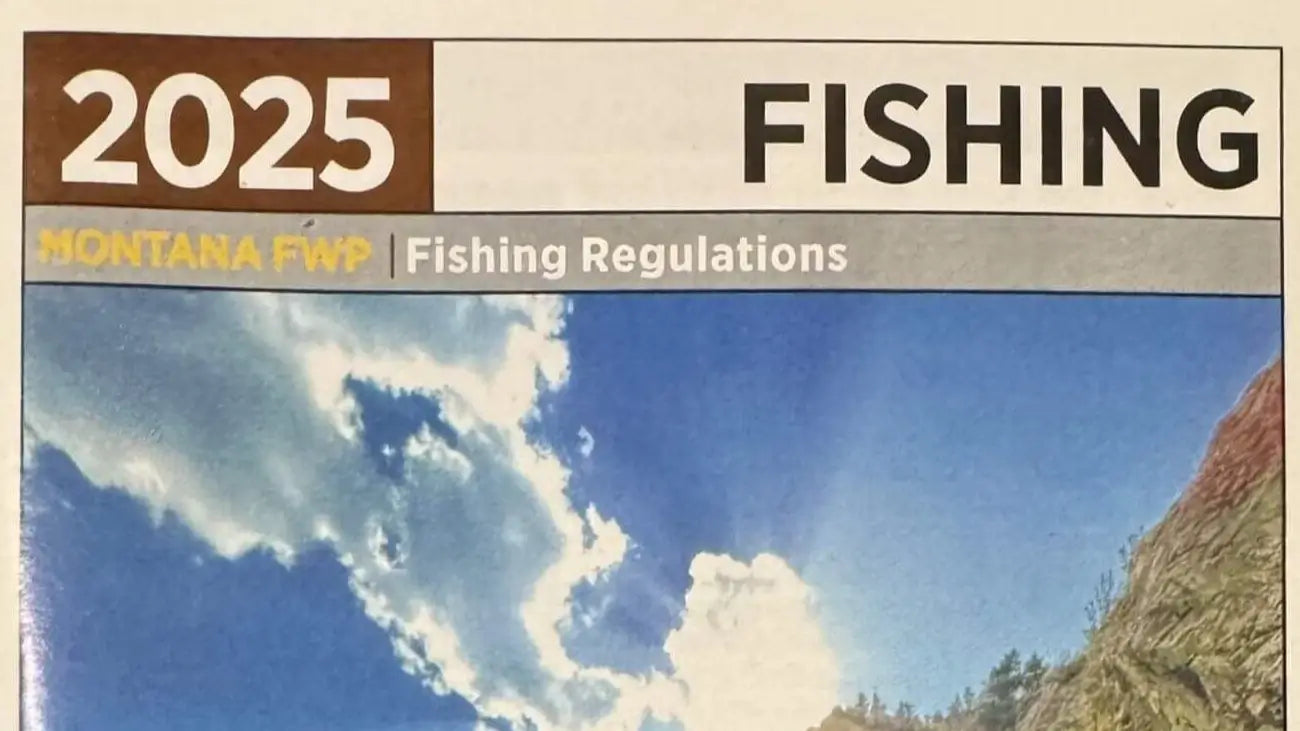


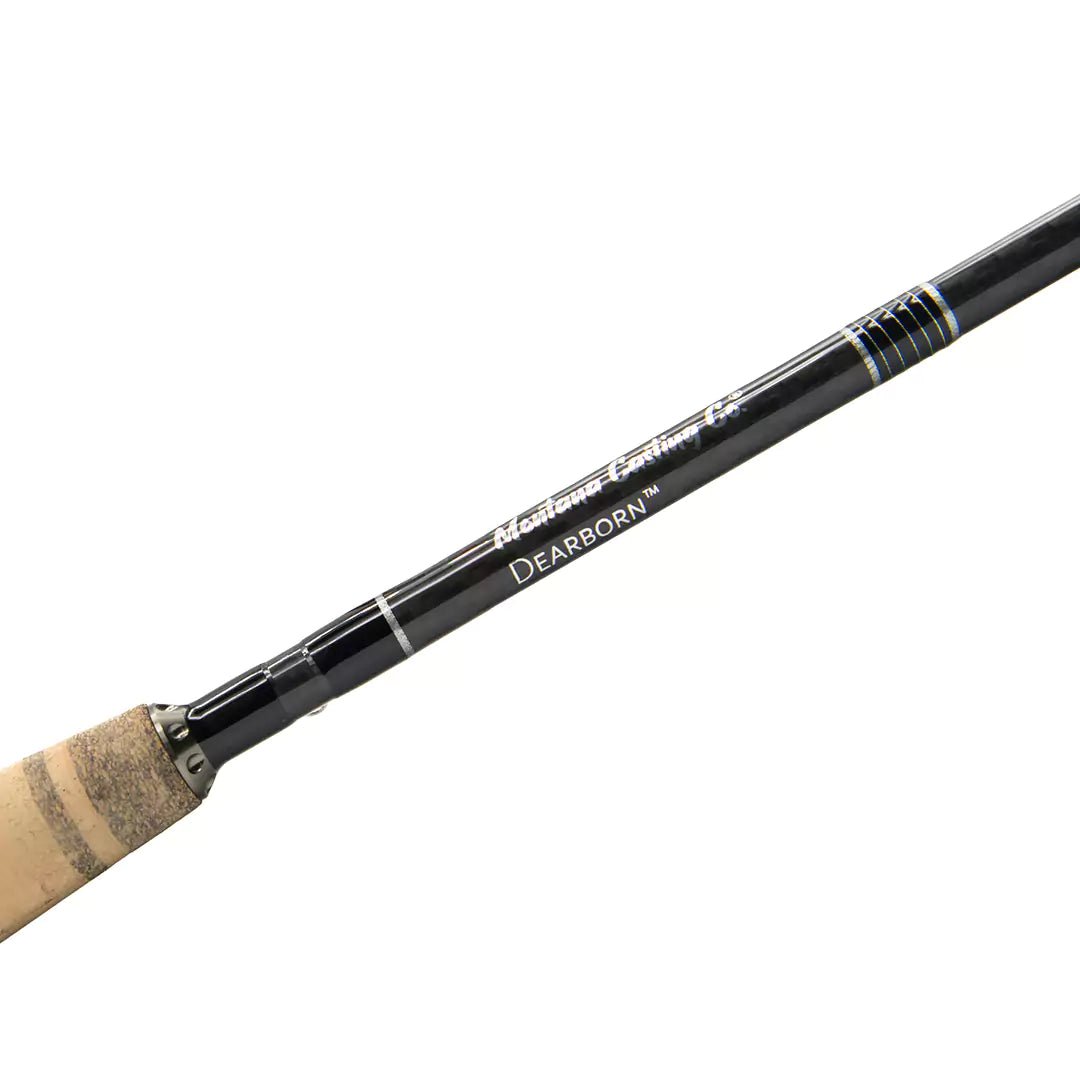
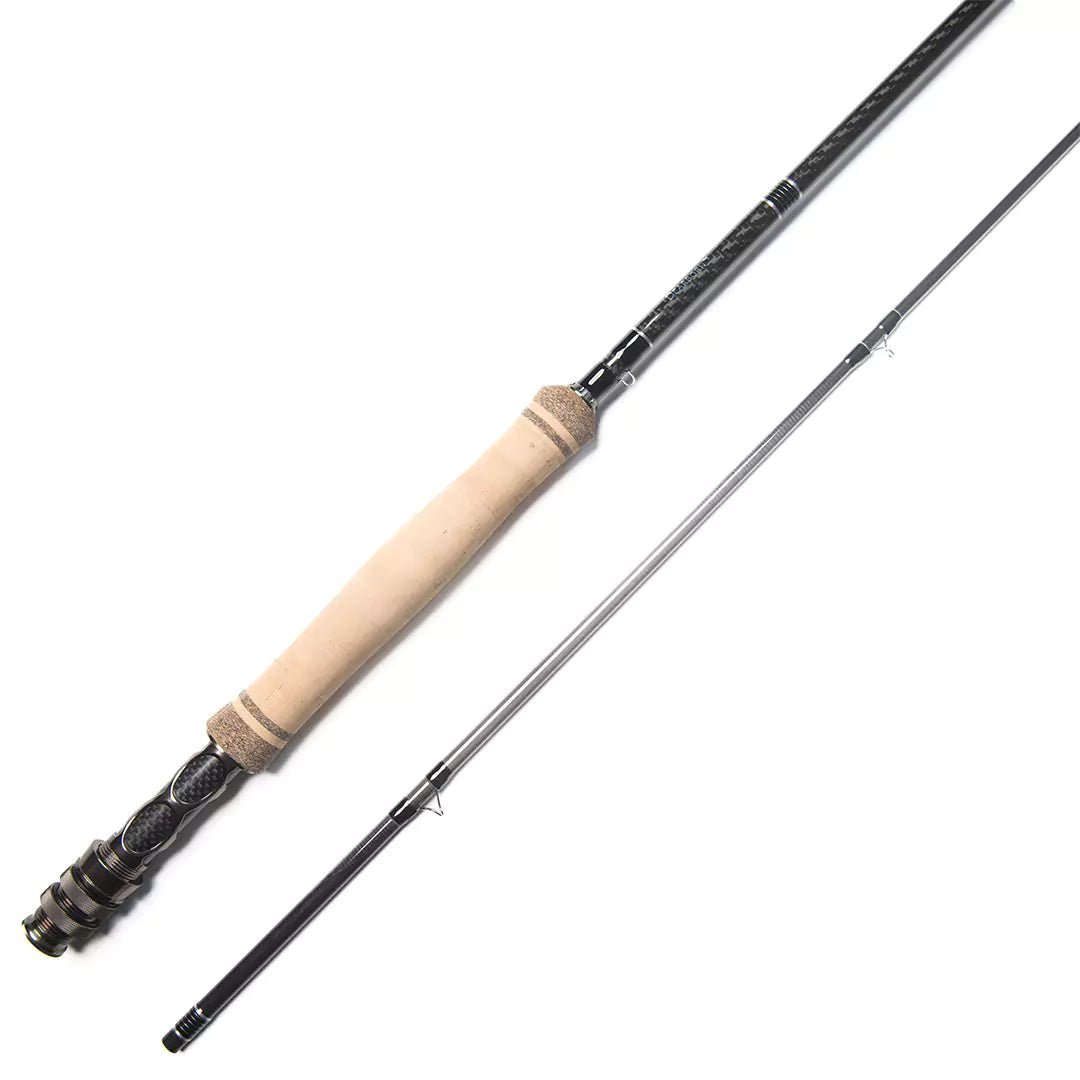
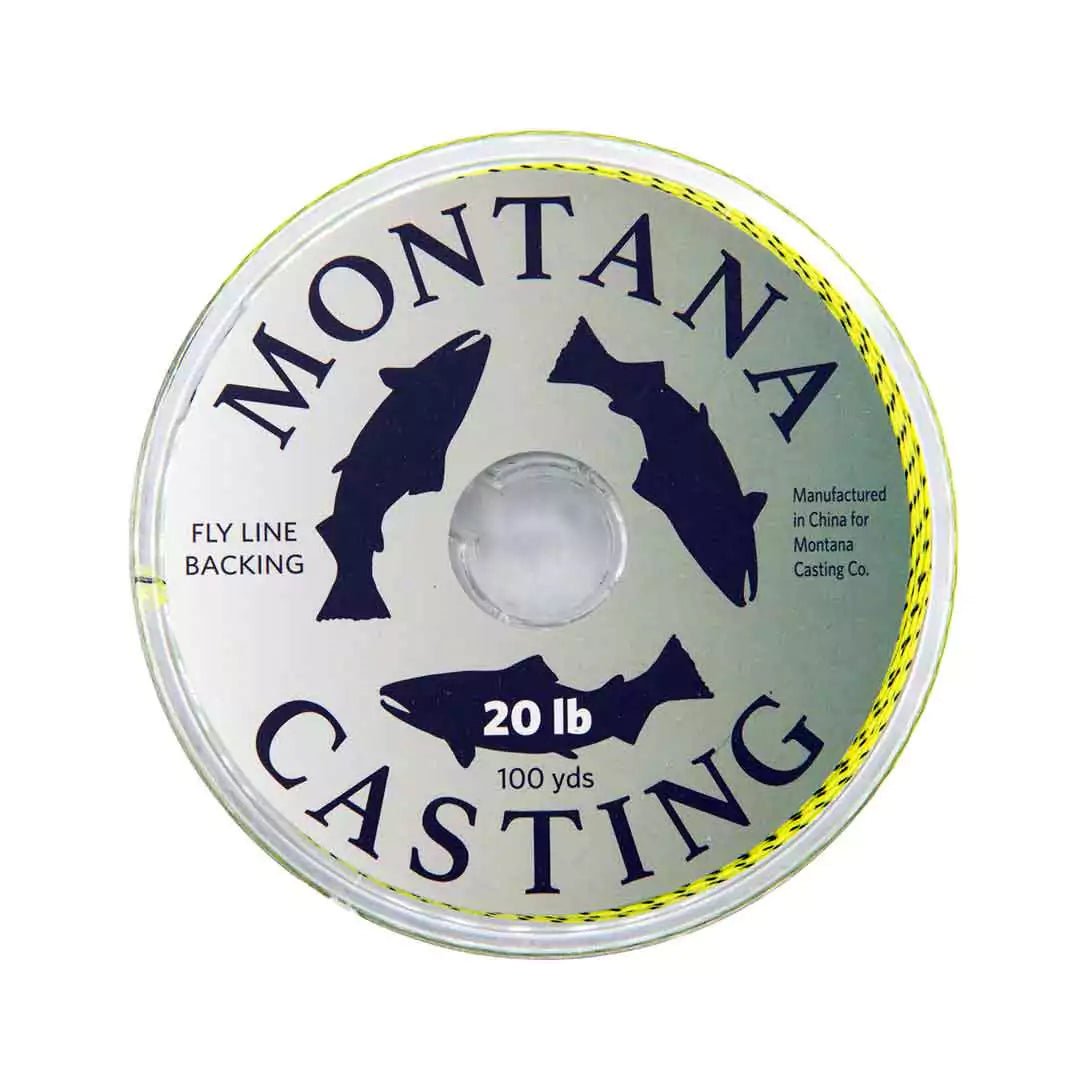



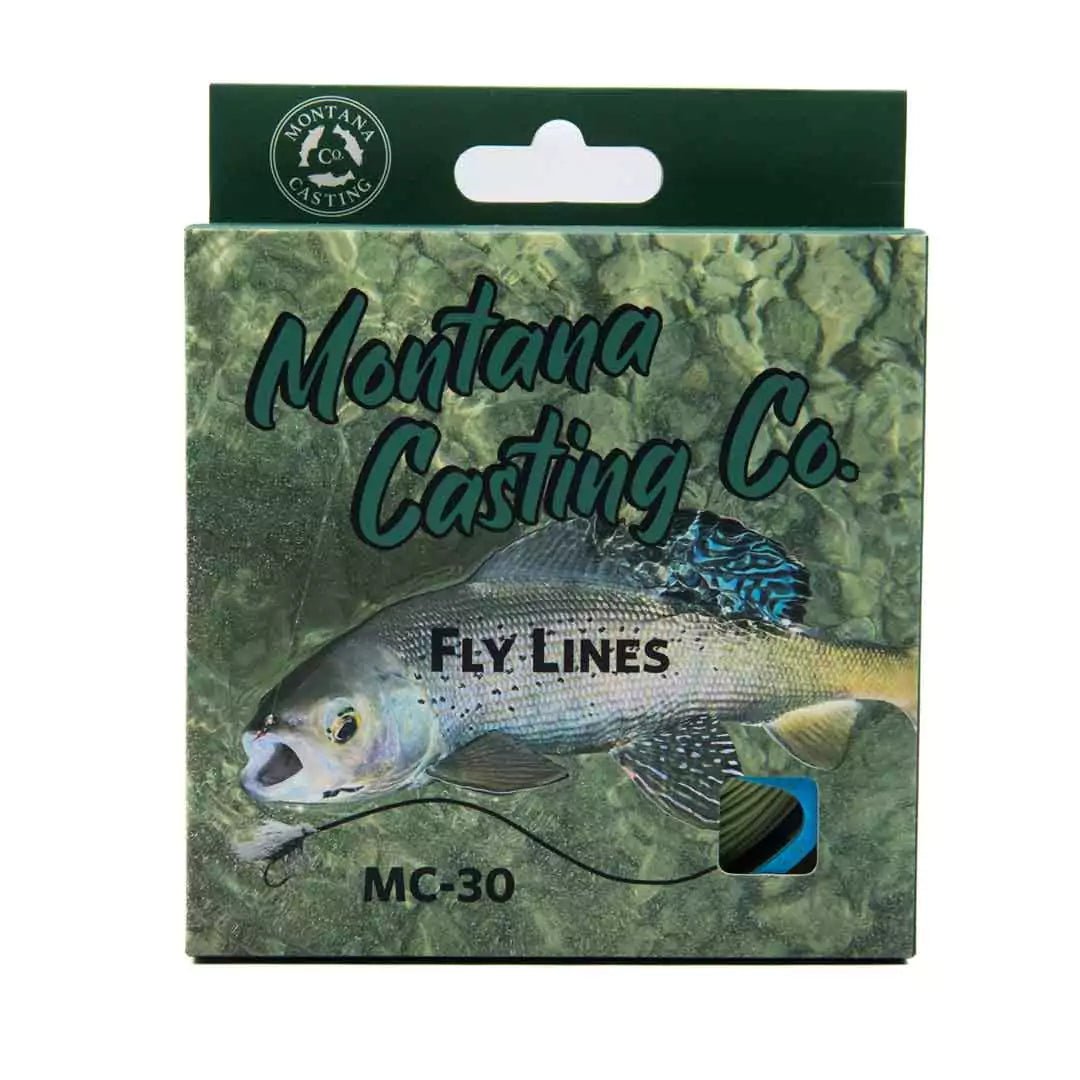

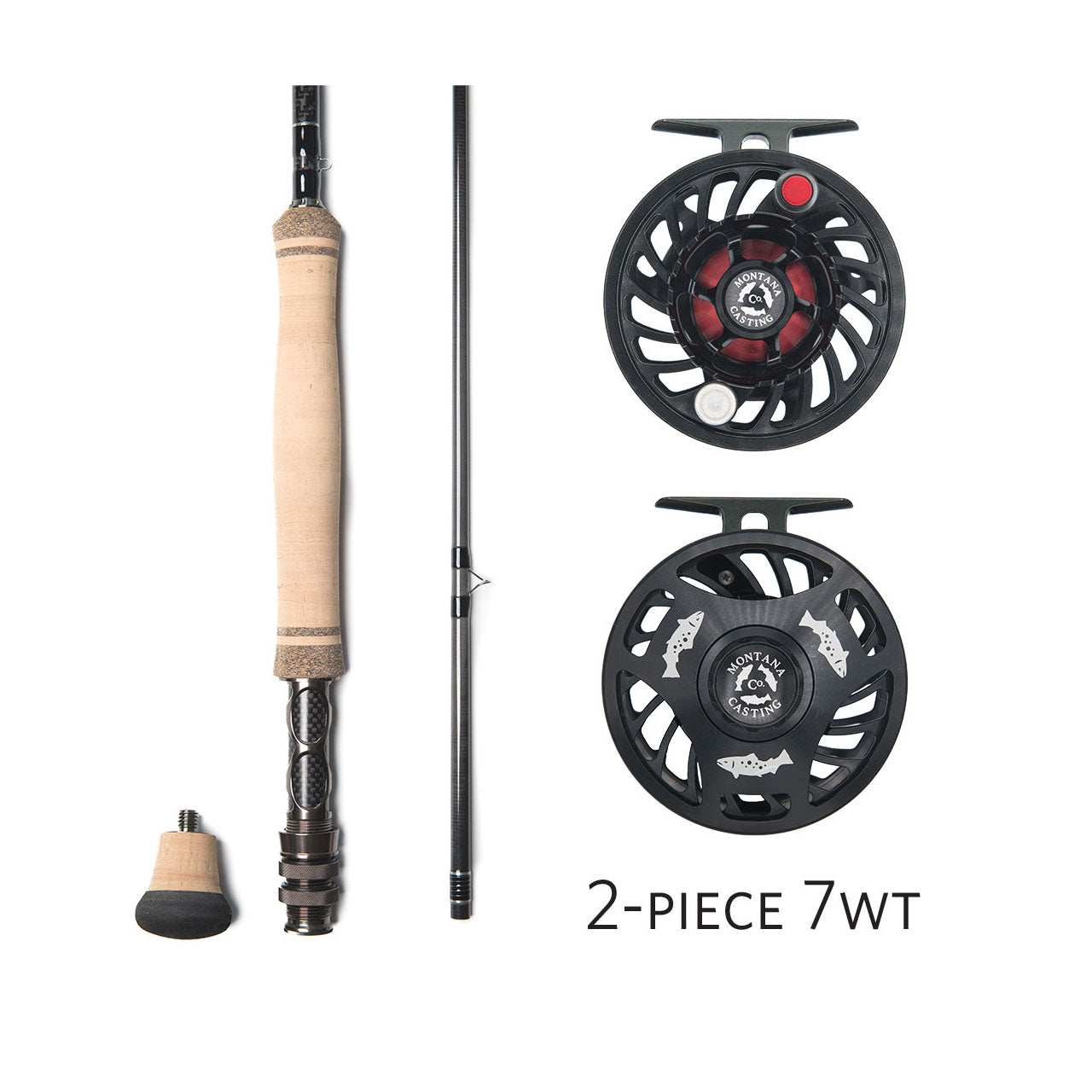
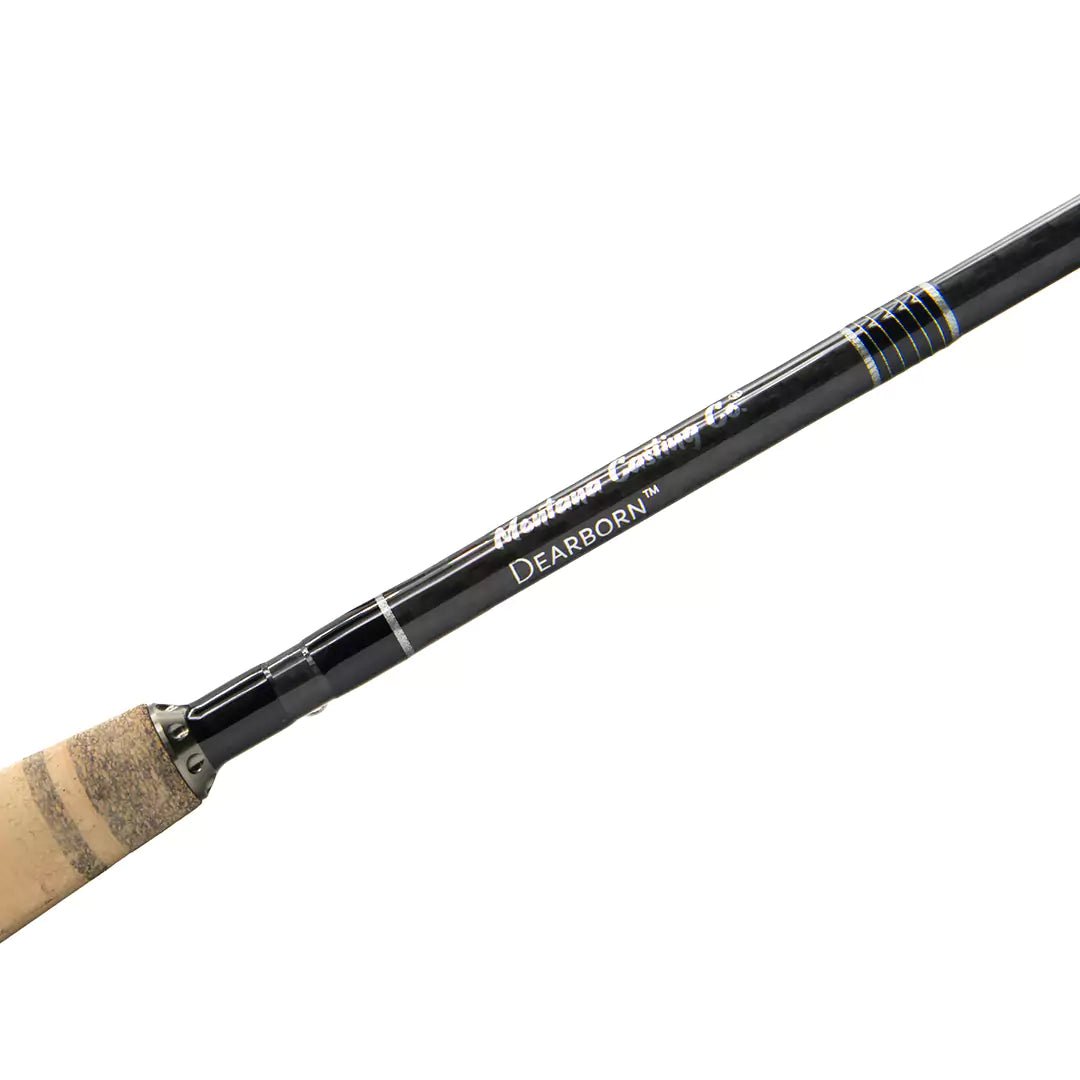


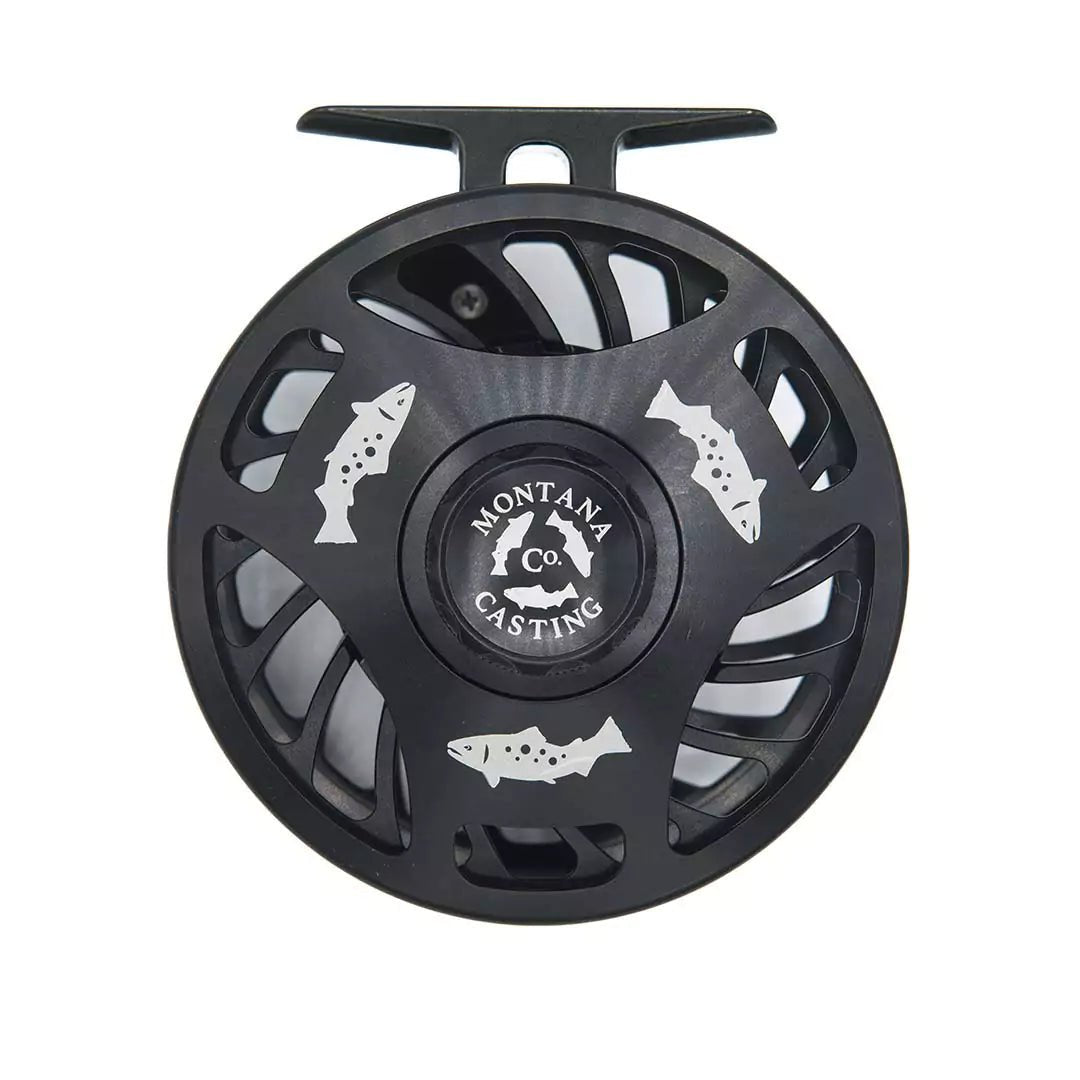







0 comments